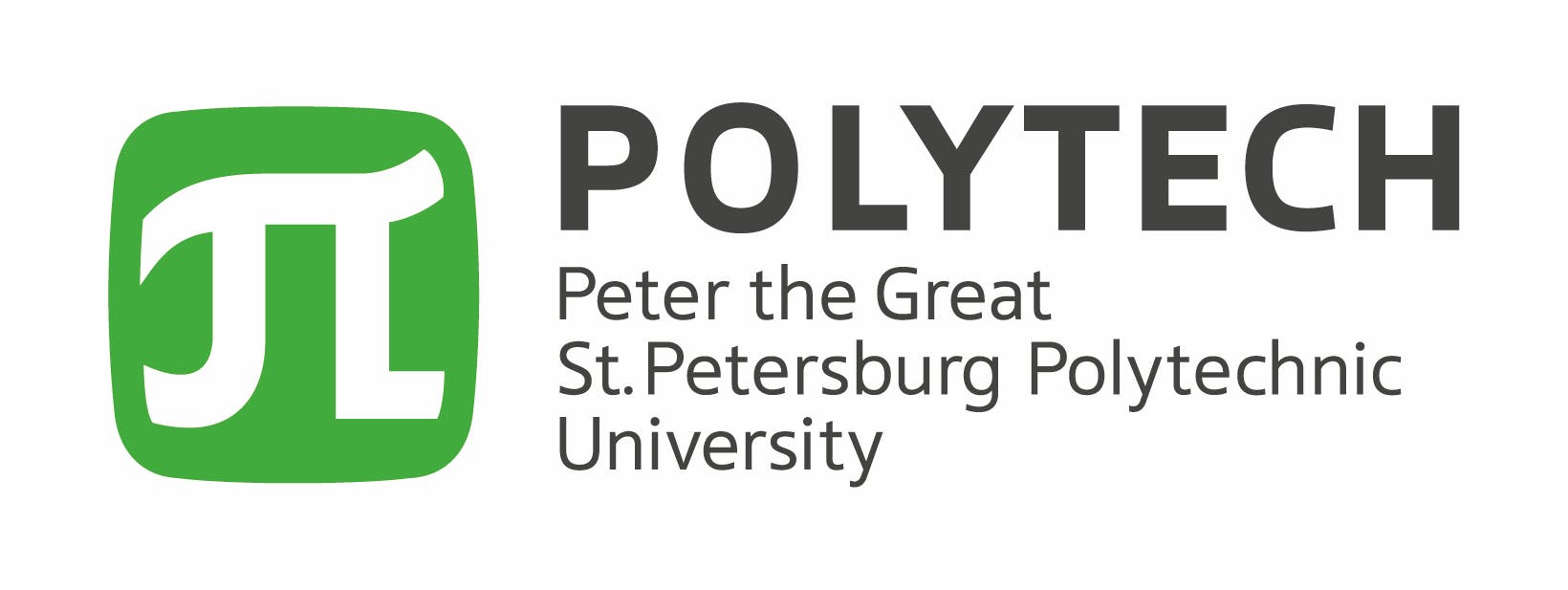SPbPU launches its third nano-satellite into space
On June 27, at 14:34:49 Moscow time, a Soyuz-2.1b rocket with a Fregat upper stage, a Meteor-M hydrometeorological spacecraft No. 2-3 and 42 Russian and foreign associated small satellites (cubsats) were launched from the Vostochny launch site. Among them is the third nano-satellite of the Space Pi educational project. Unlike the first two, the Polytech Universe-3 cubsat is equipped with an engine.
Ivan Bortnik, advisor to the Director General of the Foundation for Assistance to Small Innovative Enterprises in Science and Technology, commented: Several years ago, Peter the Great St. Petersburg Polytechnic University and the Foundation came up with an initiative to involve Russian schoolchildren in science and technology. We decided to approach this task through the prism of Peter the Great, the more so because Polytechnic University is named after him. We all remember how Peter the Great started with a poteshnaya flotilla, which later produced outstanding engineers, admirals and designers. Following this principle, we decided to create a space flotilla with satellites for schoolchildren. Peter’s flotilla trained on a lake, while our satellites are 570 kilometers high and spread on an area of 500 million square kilometers. Of course, we have established good partnerships with Roskosmos — without this help, the launches would not have been possible.
According to Ivan Bortnik, with each launch, the complexity of tasks performed by nano-satellites grows: now with their help we can set serious experiments, conduct research, for example, observe the Northern Sea Route. Thanks to St. Petersburg Polytechnic University, the new satellites get serious payloads, including automated identification of ships, which is extremely important under the conditions of import-independence. Also the cubesats are now equipped with color optical cameras, the only ones in the world that transmit images to the public absolutely free of charge, which certainly meets our main objective — to involve young people in science.

